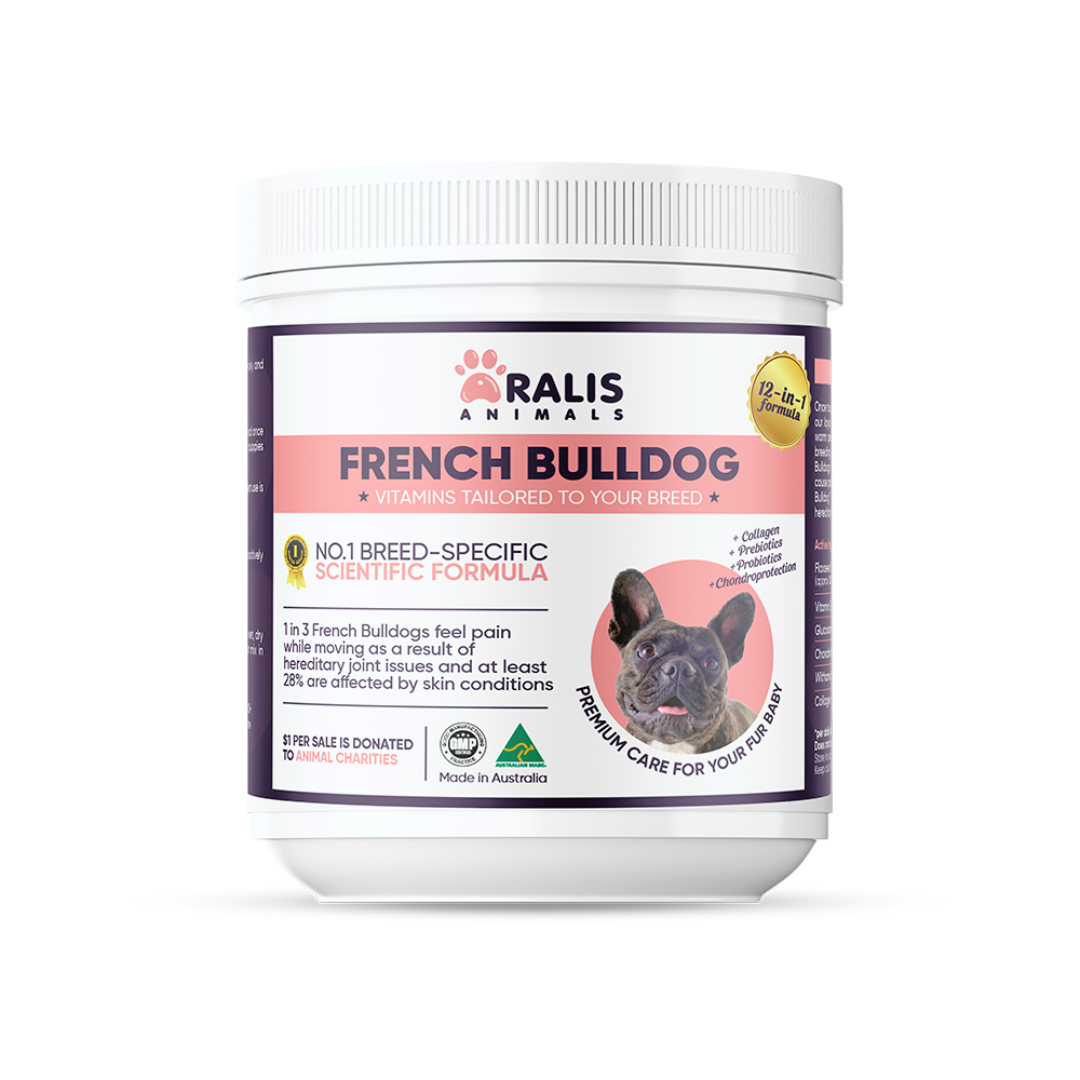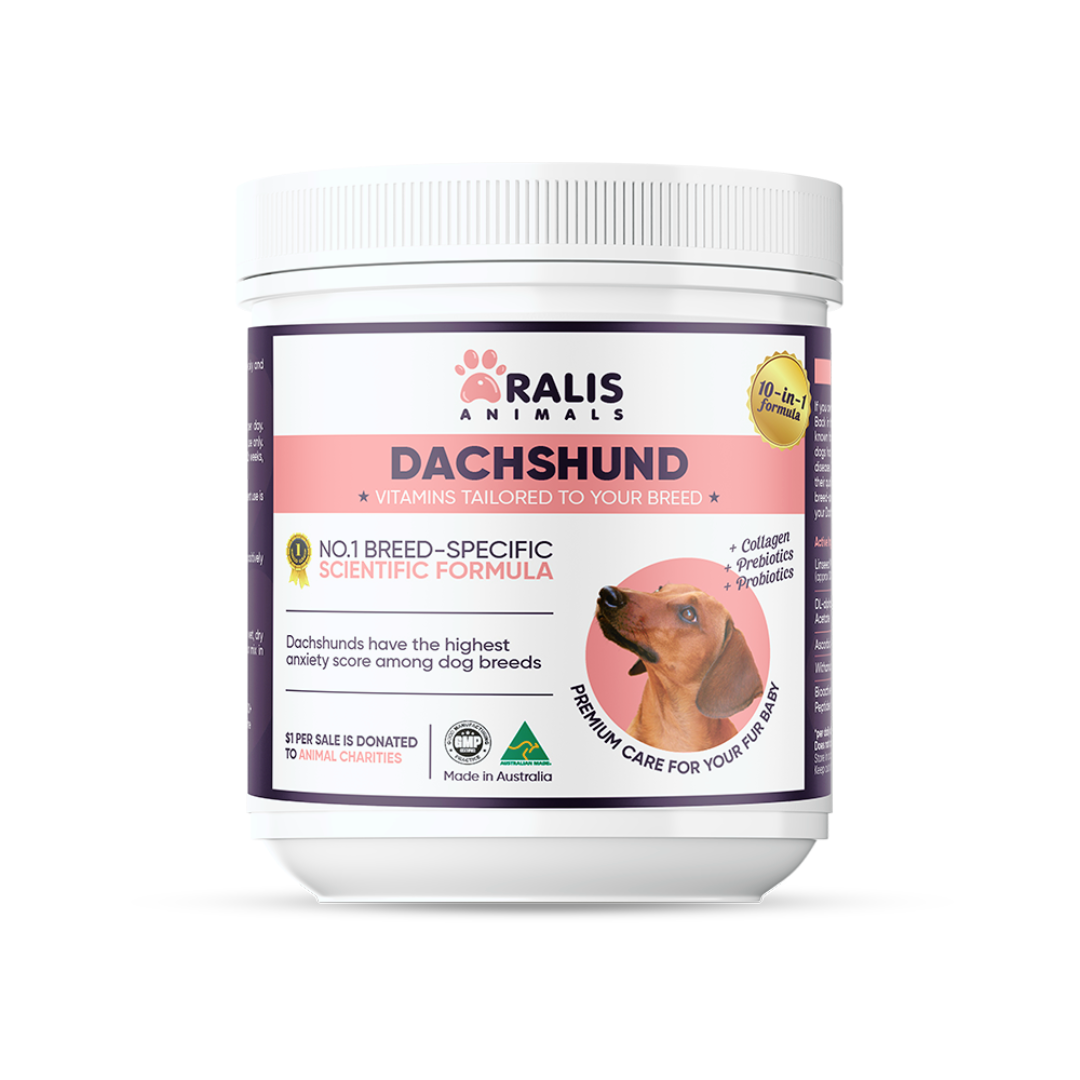Conquering Separation Anxiety in Dogs: A Comprehensive Guide
Separation anxiety in dogs is a common and often distressing issue that can have a significant impact on both the pet and their owner. As a devoted pet parent, it's crucial to understand the underlying causes, recognize the signs, and learn effective strategies to manage this condition. In this comprehensive guide, we'll explore the complexities of separation anxiety and equip you with the knowledge and tools to help your canine companion overcome this challenge.
Understanding Separation Anxiety in Dogs
Separation anxiety is a behavioral disorder characterized by a dog's excessive distress and anxiety when separated from their primary caregiver or a familiar environment. This condition can manifest in various ways, from destructive behaviors and excessive vocalization to physical symptoms like pacing, drooling, and even self-harm.
The roots of separation anxiety can be traced to a dog's natural instinct to seek safety and security within their pack or family. When a dog is suddenly left alone, they may perceive this as a threat to their well-being, triggering a stress response that can lead to the distressing behaviors we observe.
Identifying the Signs of Separation Anxiety
Recognizing the signs of separation anxiety is the first step in addressing the issue. Some common indicators include:
- Excessive barking, whining, or howling when left alone
- Destructive behaviors like chewing, digging, or scratching at doors and windows
- Urinating or defecating in the home, even when the dog is house-trained
- Pacing, panting, or trembling when the owner prepares to leave
- Attempting to escape the home or confinement area
- Excessive drooling or salivation
- Depression or lethargy when the owner returns
It's important to note that some of these behaviors can also be attributed to other underlying issues, so it's crucial to work with your veterinarian to rule out any medical causes.
The Impact of Separation Anxiety
Separation anxiety can have a profound impact on both the dog and the owner. For the dog, the constant stress and anxiety can lead to physical and emotional distress, potentially causing health problems and behavioral issues. Owners, on the other hand, may face the frustration of dealing with property damage, disrupted routines, and the emotional toll of witnessing their beloved pet's distress.
Strategies for Managing Separation Anxiety
Fortunately, there are several effective strategies to help manage separation anxiety in dogs. These include:
Training and Behavioral Modification
- Gradual desensitization and independence training
- Positive reinforcement for calm, relaxed behaviors
- Providing mental stimulation and exercise before departures
Environmental Adjustments
- Creating a safe, comfortable, and familiar space for the dog when alone
- Using calming aids like pheromone diffusers or anxiety-reducing music
- Providing interactive toys or food puzzles to occupy the dog's attention
Professional Interventions
- Consulting a veterinarian or certified animal behaviorist
- Exploring medication or supplements to help manage anxiety
- Incorporating training techniques under the guidance of a professional
Preventing and Overcoming Separation Anxiety
The key to long-term success in managing separation anxiety lies in a combination of patience, consistency, and a proactive approach. Early socialization, gradual independence training, and creating positive associations with being alone can all help prevent the development of separation anxiety in puppies and young dogs.
For dogs already struggling with this condition, a comprehensive plan that addresses the underlying causes and incorporates a variety of management strategies is often the most effective approach. With the right support and guidance, you can help your canine companion overcome their separation anxiety and enjoy a fulfilling, stress-free life by your side.
Conclusion
Separation anxiety in dogs is a complex issue that can be challenging to navigate, but with the right knowledge and tools, you can help your furry friend find relief and regain their sense of security. By understanding the causes, recognizing the signs, and implementing effective management strategies, you can empower your dog to overcome their anxiety and enjoy a happier, healthier life. Remember, with patience, consistency, and the support of your veterinary team, you can help your beloved companion conquer their separation anxiety and thrive.





